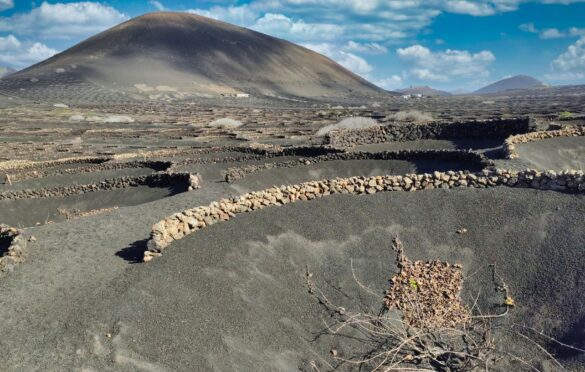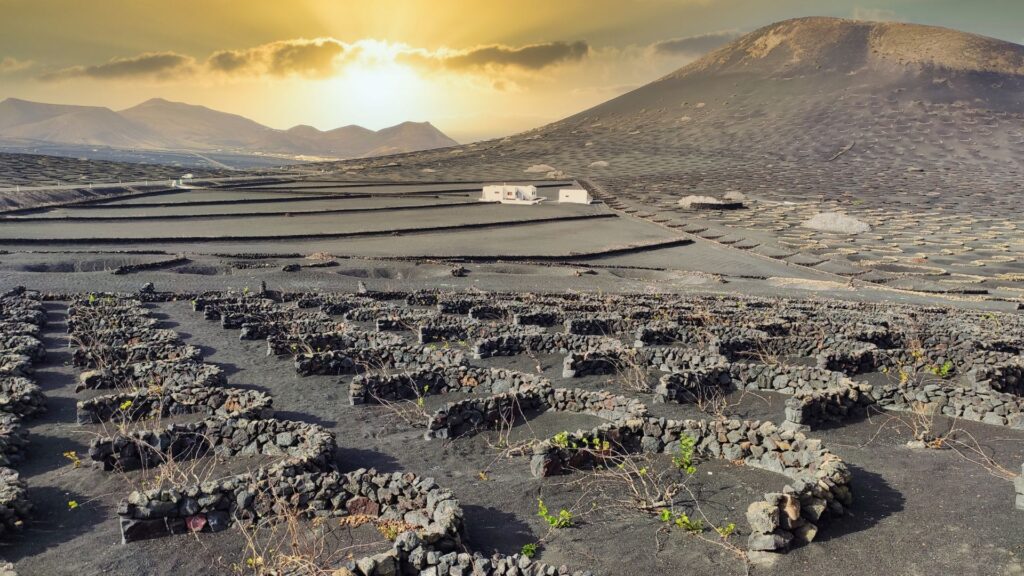Unlocking the Secrets of Volcanic Soils

Introduction
Volcanic soils, a result of the Earth’s fiery temperament, hold within them a unique blend of minerals and nutrients that can transform barren lands into lush gardens. As we delve into the fascinating world of volcanic soils, we will uncover the geological processes that create them, explore their diverse characteristics, and understand how they nurture various forms of life. This comprehensive guide will not only provide insights into the science behind these soils but also highlight their agricultural and ecological significance.

The Birth of Volcanic Soils
Volcanic soils owe their existence to the tumultuous relationship between the Earth’s crust and the molten magma beneath. When volcanoes erupt, they release not only lava but also volcanic ash and rock fragments. Over time, these materials break down and weather to form soils with unique properties.
Key Factors in Soil Formation
Several factors contribute to the exceptional fertility of volcanic soils:
- Mineral Composition: Volcanic soils are rich in essential minerals such as potassium, phosphorous, and trace elements like magnesium and sulfur. These minerals play a pivotal role in supporting plant growth and overall soil health.
- Porosity and Drainage: The porous nature of volcanic soils allows for excellent water drainage. Excess water can quickly percolate through the soil, preventing waterlogging that could harm plant roots.
- Cation Exchange Capacity (CEC): Volcanic soils often exhibit high CEC, which means they can retain and exchange nutrients effectively, making these nutrients accessible to plants over an extended period.

Diverse Types of Volcanic Soils
Not all volcanic soils are created equal. Different volcanic eruptions and subsequent weathering processes lead to the formation of various soil types:
Andosols
Andosols, also known as Andisols, are perhaps the most well-known type of volcanic soil. These soils are formed from volcanic ash and are characterized by their high water-holding capacity and fertility. Andosols are found in regions with active or dormant volcanoes, such as the Pacific Ring of Fire.
Spodosols
Spodosols are formed in volcanic regions with cold and humid climates. These soils are rich in organic matter and often found in areas with coniferous forests. They have distinct layers, with the top layer containing a mix of organic material and mineral particles.
Applications in Agriculture
The unique characteristics of volcanic soils make them highly valuable for agriculture:
- Crop Cultivation: Volcanic soils support the growth of a wide range of crops due to their rich nutrient content and excellent drainage. Crops like coffee, potatoes, and various fruits thrive in these soils.
- Viticulture: The wine industry benefits from volcanic soils, which contribute to the flavors and quality of grapes. Regions with volcanic soils, like parts of Italy and the Pacific Northwest in the United States, are known for producing distinctive wines.

Environmental Importance
Beyond agriculture, volcanic soils also have ecological significance:
- Biodiversity Hotspots: Areas with volcanic soils often host unique and diverse ecosystems. The nutrient-rich soil supports a variety of plant species, which in turn attract diverse animal life.
- Erosion Control: The structure of volcanic soils helps prevent erosion, making them valuable for maintaining soil integrity and preventing landslides.
Challenges and Considerations
While volcanic soils offer numerous benefits, they also present challenges:
- Acidic Nature: Some volcanic soils can be naturally acidic, which may require adjustments in agricultural practices to optimize pH levels for certain crops.
- Erosion Risk: Despite their erosion-resistant qualities, improper land management in volcanic soil areas can still lead to soil degradation.
Conclusion
Volcanic soils stand as a testament to the Earth’s dynamic processes, offering a blend of minerals and properties that sustain life and enhance agriculture. From their diverse types to their application in cultivation and conservation, these soils hold immense value. As we continue to study and appreciate their contributions, we unlock nature’s own recipe for fertile ground—a gift from the depths of the Earth that continues to shape our world.
References:
- Smith, K. (Ed.). (2003). Soil management: Building a stable base for agriculture. University of Wisconsin-Madison.
- Hartemink, A. E. (2010). Soil fertility in the tropics: A review. Geoderma, 155(3-4), 1-14.
- Brady, N. C., & Weil, R. R. (2016). The nature and properties of soils. Pearson.
- Eswaran, H., & Rice, T. (2002). Global soils and food security. Advances in Agronomy, 75, 1-56.
- Amundson, R., Richter, D. D., Humphreys, G. S., Jobbágy, E. G., & Gaillardet, J. (2007). Coupling between biota and Earth materials in the critical zone. Elements, 3(5), 327-332.
